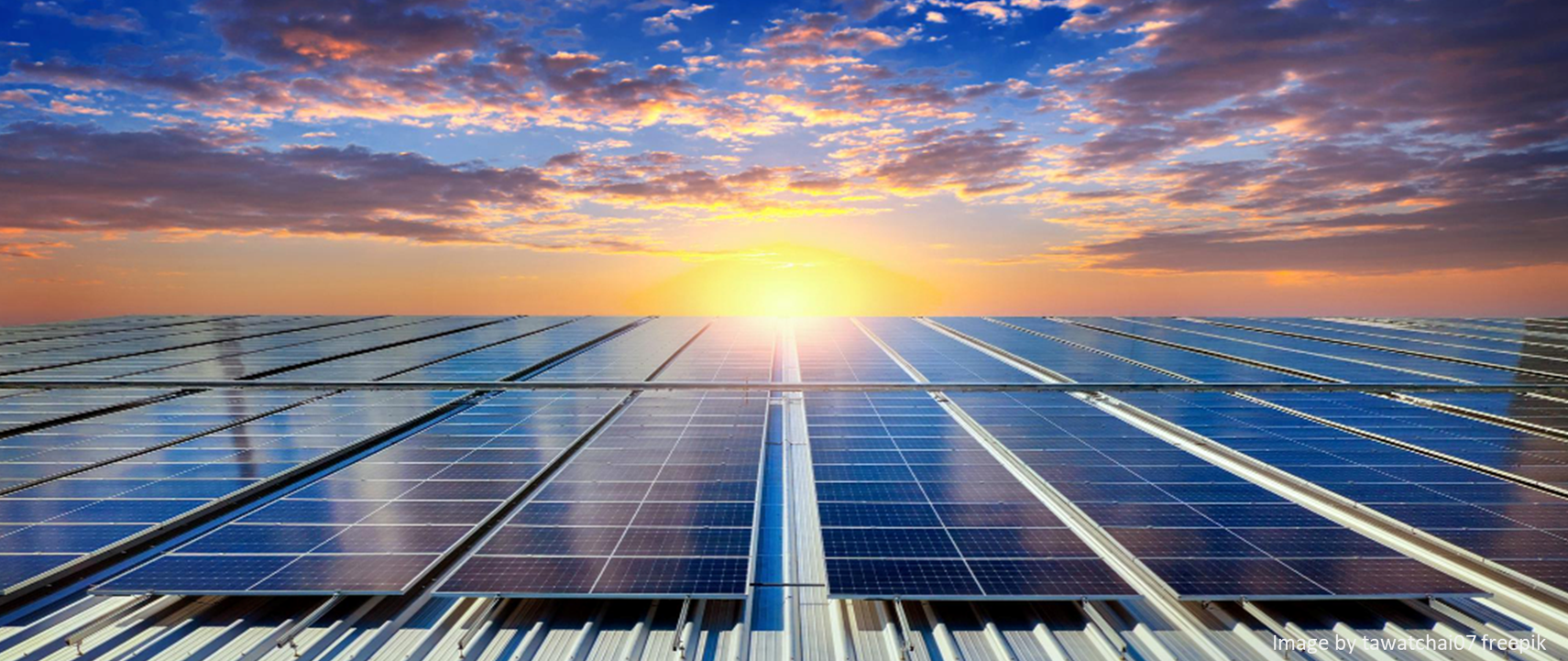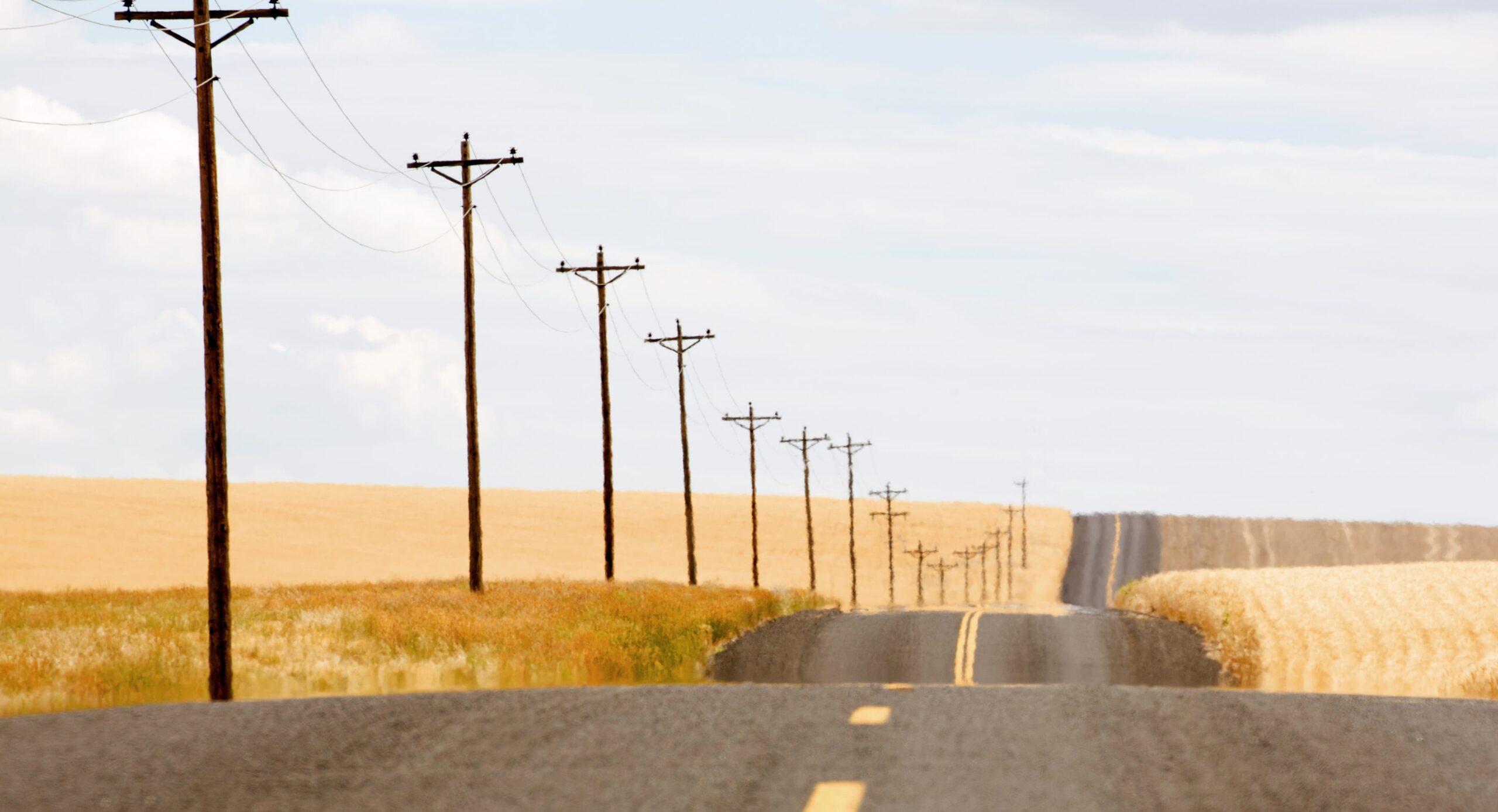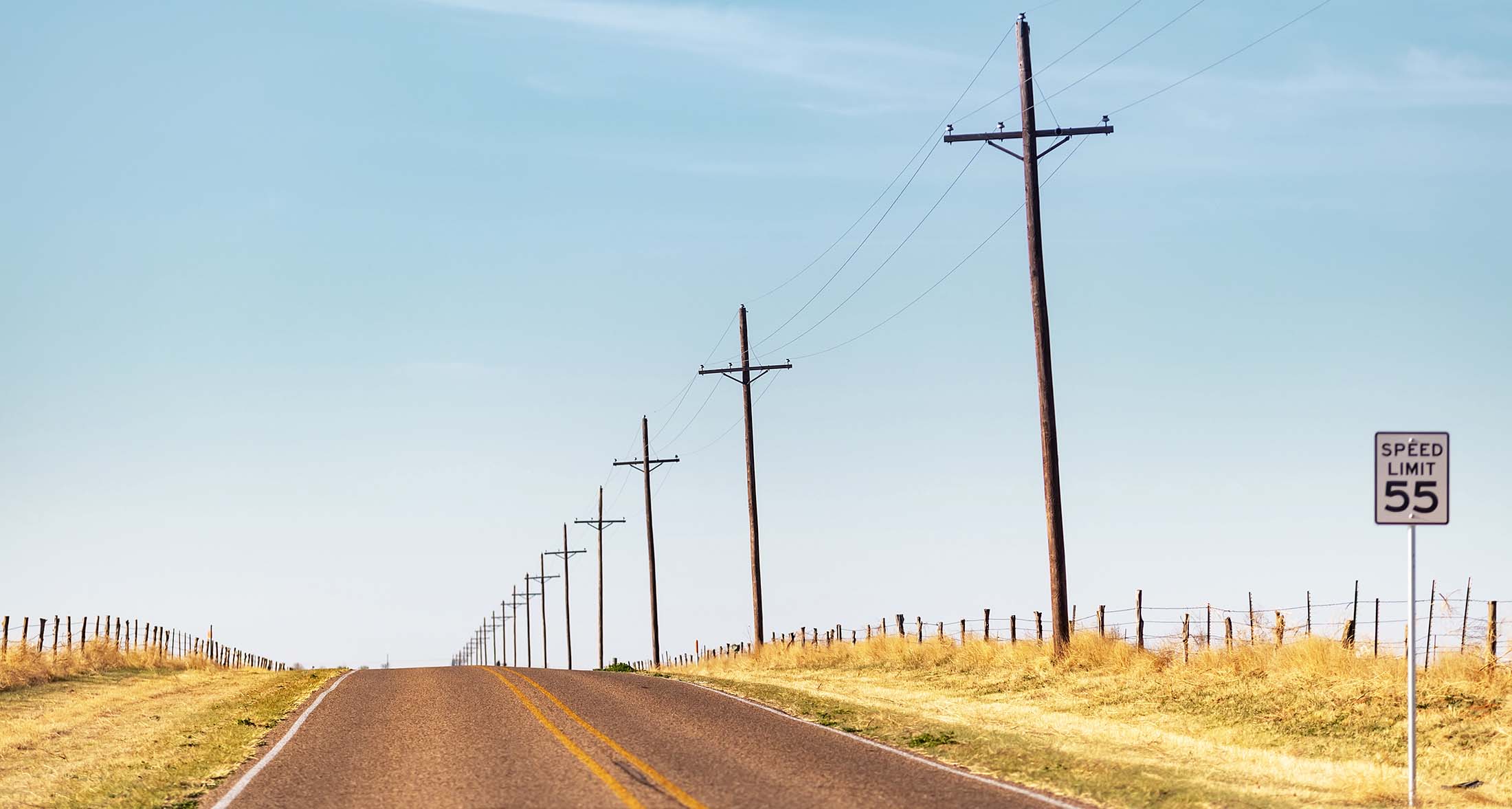As global energy demands rise and the urgency for sustainable solutions intensifies, community energy projects are emerging as a promising avenue for transforming how we generate, distribute, and consume power. These initiatives, which empower local communities to generate and manage their own energy, are gaining traction worldwide. Could global governments better harness the power of the people through community energy projects? The answer might lie in the experiences of countries already embracing this model.

Recognising these benefits and challenges, some global governments are starting to embrace community energy projects as a way to transition to sustainable energy systems while empowering local communities.
In the United States, the concept of community energy is not new, several states already rely heavily on cooperatives (co-ops) that enable communities to support and invest in their local power networks. These co-ops, which are owned and operated by community members, provide a model of localised energy independence that could be replicated globally.

In January 2024, the UK witnessed a landmark event with the largest-ever transfer of solar farms into community ownership. Eight solar farms, with a combined capacity of over 70 MW, were transferred to local communities, marking a significant step toward energy democratisation in the UK.
Across Europe, various countries are experimenting with community energy projects. Germany, for example, has a strong tradition of citizen-led energy cooperatives. These projects have significantly contributed to the country’s renewable energy capacity, showcasing the potential for community-driven energy transitions.
Similarly, various countries are beginning to recognise the potential of community energy projects. These initiatives not only decentralise energy production but also foster local engagement, economic development, and environmental awareness.
Community energy projects can stimulate local economies by creating jobs and keeping energy revenues within the community. Local ownership means that profits from energy production are reinvested in the area, supporting other local businesses and services. By generating their own power, communities can reduce their reliance on external energy suppliers. This independence enhances energy security and can protect communities from fluctuating energy prices and supply disruptions.
Community energy projects often focus on renewable energy sources like solar, wind, and biomass, these projects reduce greenhouse gas emissions and contribute to the global fight against climate change. Localised renewable energy production also decreases the environmental impact associated with energy transmission over long distances. Involving community members in energy projects fosters a sense of ownership and responsibility and this engagement can lead to greater awareness of energy consumption patterns and encourage more sustainable behaviours. Communities that are directly involved in energy decisions are more likely to support and advocate for renewable energy initiatives.

Over time, community energy projects can lead to significant cost savings for residents, by cutting out middlemen and reducing transmission costs, locally generated energy can be cheaper than traditional energy sources. Additionally, investments in renewable energy can pay off in the long run through reduced energy bills and lower maintenance costs.
Despite their numerous advantages, the upfront costs of setting up renewable energy infrastructure can be substantial. Securing funding for these projects can be a significant hurdle, especially for smaller communities with limited financial resources. Implementing and maintaining renewable energy systems also requires technical expertise and communities must either possess this expertise or have access to external support, which can be costly and logistically challenging.
Navigating the regulatory landscape for energy production and distribution can be complex. Communities may face bureaucratic obstacles that can delay project implementation or increase costs. While many people support the idea of renewable energy, specific projects can face opposition from residents due to concerns about aesthetics, noise, or potential environmental impacts, which can complicate project development.
Renewable energy sources like solar and wind are intermittent, meaning their energy production can fluctuate. This intermittency can pose challenges for ensuring a stable and reliable energy supply, necessitating backup systems or storage solutions that add to the complexity and cost.
To fully realise the potential of community energy projects, several strategic steps are essential. Governments can facilitate these initiatives by providing supportive policy frameworks, streamlining regulatory processes, offering financial incentives, and delivering technical support. Innovative funding mechanisms, such as grants, low-interest loans, and crowdfunding, can help communities overcome initial investment challenges, meanwhile, access to technical expertise and resources is crucial for navigating project complexities. Raising awareness about the benefits and feasibility can build local support and involvement, whilst fostering collaboration between communities, governments, and partners can enhance the success and scalability of initiatives.
Community energy projects have the potential to revolutionise the way we produce and consume energy by putting power literally into the hands of the people. These initiatives can drive local economic development, enhance energy independence, and contribute to environmental sustainability and, while challenges exist, the growing momentum behind community energy projects around the world suggests a bright future where communities are at the forefront of the energy transition.
Polesaver is a leading manufacturer of wood pole life extension products and works with utilities globally. Get in touch to see how Polesaver can benefit your community energy projects.



This site is protected by reCAPTCHA and the Google Privacy Policy and Terms of Service apply.